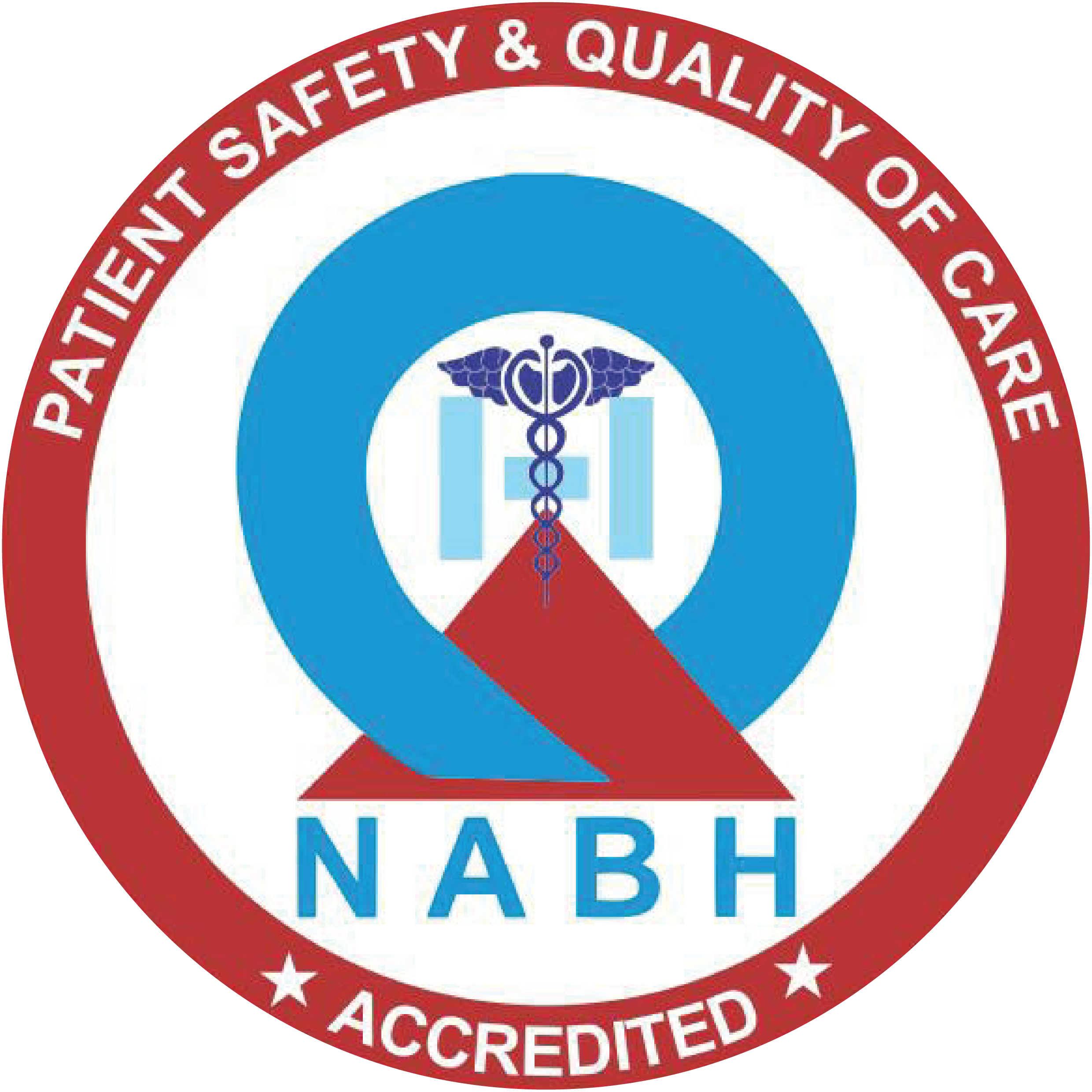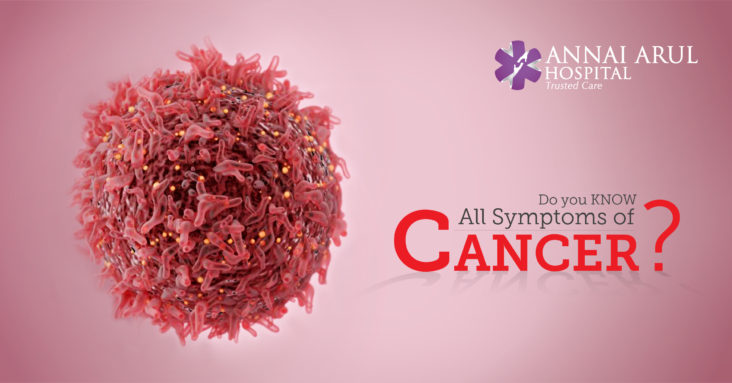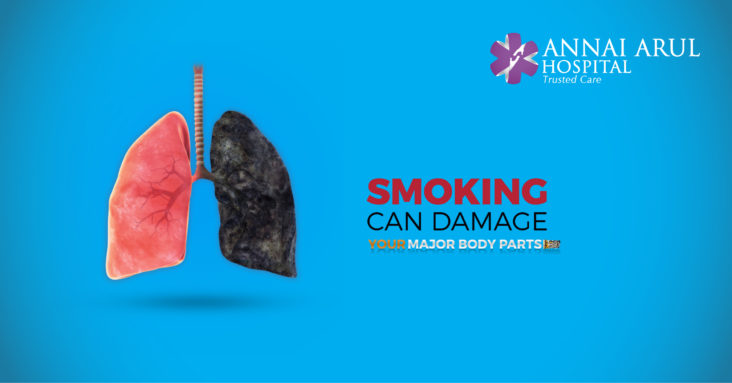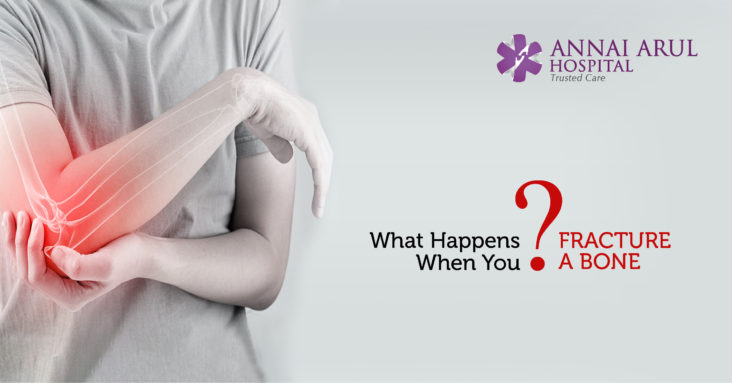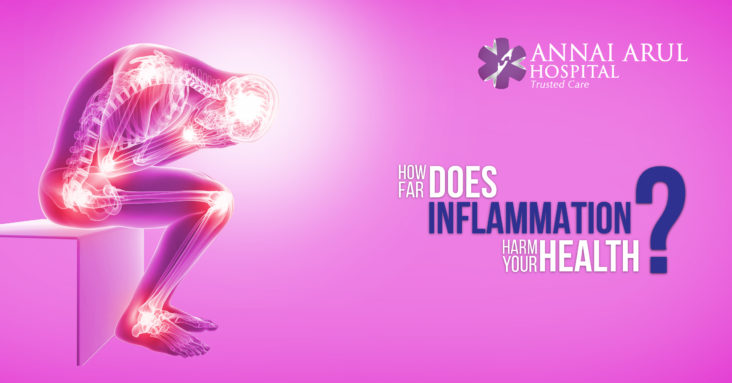There are various kinds of cancer and their symptoms may also differ. There is the skin cancer which shows changes on the skin, the lung cancer, the breast cancer, oral cancer and bowel cancer etc. Here are a few of the symptoms you can look out for based on the position of the malignant growth in your body.
CHANGES TO THE SKIN
There are different moles and spots occurring on the skin due to various reasons. If a new spot on the skin changes size, shape or colour it could be a sign of skin cancer. Yet another spot that does not look like other spots on the body is also suspicious. If there are any marks that exist on the body and showing some changes than it will be better to get your doctor to examine it and maybe even do a biopsy to look for cancer.
A NAGGING COUGH (Any cough >2 weeks/ blood tinged – consult a doctor)
If you are a non-smoker then there is not much chance of you getting a persistent and nagging cough. It is caused by the postnasal drip, asthma or acid relax and even an infection. If your cough does not go away especially you are a smoker then it’s time to consult a doctor. You could be victim of lung cancer.
CHANGES TO BREAST
Mostly when there is a change to the shape and size of the breast it may not be due to breast cancer. Do a self check or consult your doctor if you suspect some changes. If there are any lumps you can feel or the nipples have changed and there is a discharge, redness or thickening accompanied by pain in your breast then immediately consult a doctor.
BLOATING
New onset dyspepsia, persistent vomiting, loss of appetite, changes in bowel habits.Bloating is considered normal in most cases since you may have it due to your diet or because of stress levels. But if the bloating persists then you have fatigue, weight loss and back pain. The constant bloating in women may be ovarian cancer. You will need immediate medical assistance.
PROBLEM IN URINATION (Blood in urine)
Many people especially men face urinary issues as they grow in age. The various problems may be connected with the urge to go more, leak while urinating and even a weak stream. When you see these symptoms then it may be due to prostate enlargement and at times prostate cancer.
SWOLLEN LYMPH MODES
Lymphs Modes are small bean shaped glands in the neck, armpits and other important places of the body. The lymph nodes get swollen while fighting an infection like cold, flu or throat pain. But certain cancers like lymphoma and leukaemia can also cause this kind of swelling.
BLOOD IN TOILET
If you see blood in the toilet after passing stool then it may be due to some inflamed vein called haemorrhoids, but it could also mean that your colon is affected and it may be a sign of colon cancer. Similarly if there is blood in the urine then it must be due to urinary tract infection or it may be due to kidney or bladder cancer.
CHANGES TO TESTICLES
If there is swelling you noticed in your testicles then you should be careful. A painless lump is a sign of testicular cancer. Sometimes, you may just have a heavy feeling in the scrotum and the testicles may feel larger. A physical examination by the doctor can determine the problem and an ultrasound scan can detect tumours if any.
MOUTH PROBLEMS
Mouth is a place where lot of problems can occur right from a little sore to continuous bad breath. If the sores or patches inside the mouth show white or red patches and it takes a couple of months to heal then you need medical assistance. This is very true of smokers. All this could be sign of oral cancer in the case of smother.

